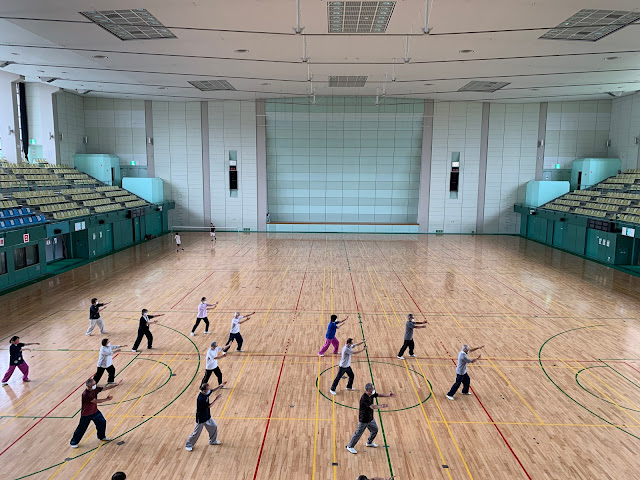Yu Suzuki was one of the 165 prominent games industry figures who were surveyed by Japanese games site 4Gamer.net in their annual feature that was released today.
Here are his responses, translated from the original Japanese text.
 |
| Yu Suzuki |
Q1: Of all the games released in 2022, which title impressed (or shocked) you the most?
YS: Vampire Survivors, which was officially released on October 21.
Its intricate design, which has clearly been finely tuned over many iterations, and the movements of the enemies are superb.
I'm impressed with the way the game has been made, by not solely relying on graphics but by refining the playability and feel of the game.
 |
| Vampire Survivors is an action roguelike game developed and published by indie developer poncle |
Q2: Of the entertainment content that was released or announced during 2022, which work left the deepest impression?
YS: The anime Chainsaw Man.
It is a well-executed work that incorporates modern techniques in its scenario, composition, and direction without being a hodgepodge.
It is wonderful how it combines the original [manga] story's audacious premise of parts of the body being chainsaws, with human drama.
 |
| Chainsaw Man, released in anime form in 2022 |
Q3: Which person is (or has been) in your personal spotlight in 2022?
YS: Billiards player Naoyuki Oi.
He is ranked 4th in the WPA world ranking and is the closest male player to [number one in] the world in Japan today.
His intuitive, unique and rapid decision-making that he has refined in the international scene is what sets him apart from other players, and makes his play so appealing.
 |
| Billiards player Naoyuki Oi |
Q4: What are your ambitions for 2023, and what is your message to 4Gamer readers?
YS: I will be continuing diligently to create games next year.
In 2022, we announced a new shooting game, Air Twister, on Apple Arcade. It is a shooting game with a fun swiping mechanic, so I hope you will enjoy playing it during the year-end and New Year holidays.
 |
| Air Twister |
Source (Japanese): 4Gamer.net
Related Links
See also the recent survey from Famitsu.com: Yu Suzuki's Keyword for 2023: "Light AI"








































